For many athletes, the changing of seasons often means a change in the sports we play. For indoor volleyball players, that might mean transitioning to the beach courts. But if you’re new at the game, you may be wondering: “How is beach volleyball different than indoor?” And you might actually be surprised at how different the two sports are. Here is a summary of 7 key differences between beach and indoor volleyball.
USA Volleyball’s Director of Sports Development, John Kessel, believes to improve your indoor volleyball game, beach volleyball is where it’s at. By having to touch the ball almost every rally, as well as playing every position, beach volleyball fine tunes your focus on your individual skills.
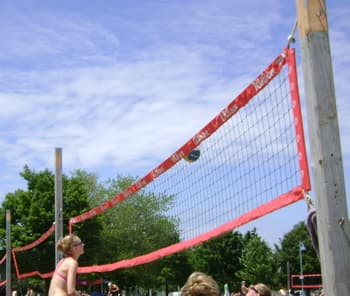
One of the best things I did to improve my indoor game was to start playing beach volleyball. I may not have been the strongest beach player out there, but playing recreational beach volleyball during the summers was a great way to keep my skills sharp, improve my stamina, and meet new people. Plus, it’s a great way to get out and enjoy that summer weather!
With this professional’s advice in mind, it is important to note the variations between indoor and beach volleyball. In the topics below, you will see how the two similar, yet very different environments, relate.
1. Court differences
Because playing in the sand causes difficulty moving, therefore decreasing speed in getting to the ball, the court size for beach volleyball is quite smaller than that found during the indoor season. For beach courts, the standard size is 16m x 8m, while the indoor courts are 18m x 9m and require a 7m height of free space.
Indoor courts have a parallel attack line located 3m (10 feet) from the center line or the net. Back-row players are not allowed to hit the ball inside of this line when the ball is above the net. Essentially, the back-row players cannot run up and spike a ball when it is inside the parallel attack line. Beach volleyball has no such line and the players are able to hit from anywhere on their side of the net.
Indoor courts typically showcase synthetic or wood finish. Some older courts may even be concrete. With indoor courts, shoes are required. Beach volleyball courts, in contrast, are made of sand and you play barefoot. Or, when the sand is super hot, you might consider wearing sand socks.
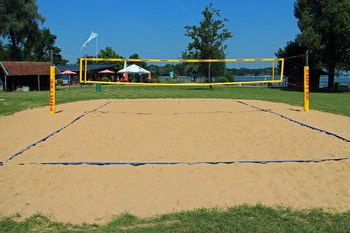
Overall, when considering the ability to play the entire court paired with the sand decreasing mobility and lack of footwear to give advantage to the player, it makes sense to shorten the court.
2. Ball
Just like the court, the ball
for volleyball is specific for indoor versus beach. With indoor volleyball,
much like any indoor sport, conditions are predictable. When you play at the
same place you practice, you become accustomed to the lights, the noises, and
the distractions.
At times, you may travel to compete at another gym or school. During these
settings, although some of the factors mentioned above may vary, for the most
part, the court will be quite similar. Therefore, when creating the type of
ball to be used in a predicable environment, the focus of the ball is to allow
a quick and powerful shot.
Size of the volleyball
The indoor volleyballs come in youth and adult ball sizes. The youth ball is about 63 to 65 centimeters or 25 to 26 inches in circumference. The ball’s weight is between 9.2 to 9.9 ounces. An adult ball is 65 to 67 centimeters or 25.5 to 26.5 inches in circumference and weighs about the same. Because the indoor ball seems heavier and smaller than outdoor, it allows it to be hit harder and move quicker through the air.
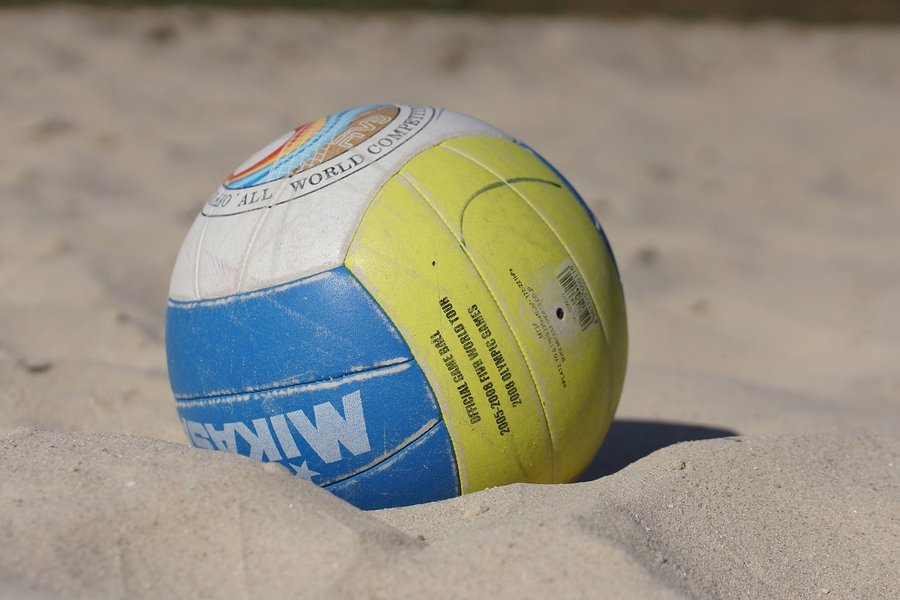
The beach, or outdoor, volleyball has to be able to live up to any type of condition: rain, sunrays, heat, and sand. The ball is about 26 to 27 inches in circumference and 66 to 68 centimeters. It has the same weight coming in around 9.2 to 9.9 ounces; however due to the larger size, it gives the ball a feeling of being lighter and floating through the air. That matters when it takes more time to travel through the sand.
Materials
The outer shell of a volleyball is made of real or synthetic leather. The differences in the outer layer basically are how the layer is secured together. The indoor volleyball features many individual panels glued together to make a smooth surface, whereas an outdoor volleyball is stitched together and a bit softer.
Why does this matter? With indoor courts, the game is played much faster and the hits are more powerful. Exposed stitching would wear down and cause the ball to become compromised. With outdoor use, the stitching can actually help against the natural elements.
Both indoor and outdoor volleyballs have a rubber core, or bladder. The lightweight core is necessary to both keep the weight of the ball down. Each also have 18 panels that create the outside of the volleyball, allowing for a strong enough ball to withstand hit after hit. You can find some volleyballs with lower than 18 panels, such as the Mikasa VLS300, which showcases a 10-panel design.
A decent ball will cost you $30-$50. While that seems steep, for serious players, that is well worth the knowledge of a reliable ball to nail that game-point serve.
3. Player Positions
If you have attended a high school volleyball match and then watched beach volleyball during the Olympics, you are already aware the setup of the court is different for each type of volleyball.
In indoor volleyball, there are six players per side, often with substitute players on the bench. The players each play a position. At the point, rotations occur and in more advanced playing, switches take place in an effort to keep a certain person in a certain position.
For more information about volleyball positions and rotations, check out this article.
Utilizing switches, rotations and specialized positions attempts to maximize the 3-contact cycle. It takes precise ball control and power, especially given the environment is controlled and predictable.
Outdoor, on the other hand, does not rely on specialized positions. In fact, typically it is just you and your partner. You may play a right or left side of the court, but that is it and with the 3-contact cycle, there are limited combinations with such limited positions and players.
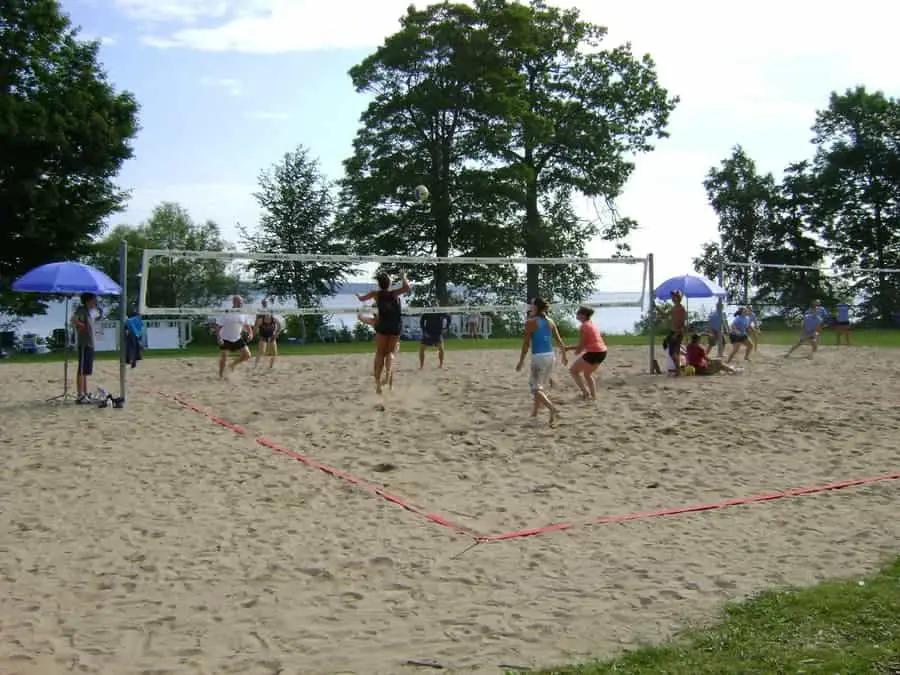
Some summer volleyball leagues are set up more like an indoor, but these recreational leagues are less intense than competitive beach. Recreational beach games could include doubles, 4s, or 6s. More competitive volleyball players play doubles while on the sand.
Due to the environmental difficulties, slowed movement and no subs, creativity in plays for both the offense and defense is a must. Stamina is necessary and although it is decreased, speed is required. This is where the lighter ball really comes into play. With only two players, the extra seconds the ball “floats” are truly necessary.
Positions in volleyball
Beach volleyball really has no specialized positions. Each player is required to hit, block, and dig. This is why with beach volleyball you can really fine tunes your skills for indoor season. You simply cannot hide.
Indoor is a bit different with its variety of positions for specializing. Of course, you want to take the time to learn the various positions and become stronger in all of them, but most people will naturally begin to gravitate to one particular skill.
Setter: If you are the setter, you are essentially setting up the hitter for a hit. Another player usually gets the ball to the setter who “sets” the ball and then the hitter will hit it over.
Related article: 23 Tips to Become the Best Volleyball Setter
Hitter:As a hitter, you would hit the ball over the net with the clear goal of scoring.
Libero: As a defensive specialist, the libero plays exclusively in the back row. The libero replaces a hitter when they rotate into the back court, and can rotate in without notifying the ref, so it doesn’t count as a substitution.
Related article: A Simple Guide to Volleyball Positions and Rotations
4. Scoring
The scoring between indoor and beach differ slightly. With indoor volleyball, a match consists of five games, or otherwise known as sets. The first team to 25 points wins the set. The first team to win three sets is declared the winner of the match. There is a chance one team wins two sets and another wins two sets. If this happens, a fifth game is played but only to 15 points. The winner of this game is the winner of the match.
With beach volleyball, the idea is the same except there are only three games or sets. Also, each set is played to 21 points and not 25. The winner of the match is the first to two wins. If the score is 1-1 after the second game, then a third tie breaker set will be played. Just like indoor, this is played to 15 points.
In both indoor and beach, you must win by two points. Volleyball uses rally scoring which means the team that wins the rally (which is the back and forth playing for the point), wins the point no matter if they were the serving team or not.
5. Environment
As detailed earlier, the indoor climate is controlled. The court’s surface is solid and treated, with no pits and often even worn boards are replaced. The glare from the lights come from predictable angles or not at all. Modern technology controls the temperature and humidity.
With the indoor physical environment being so controlled, it yields a faster paced game environment that can be harder to keep up. A coach is found on the sideline, giving feedback to players specialized in their positions.
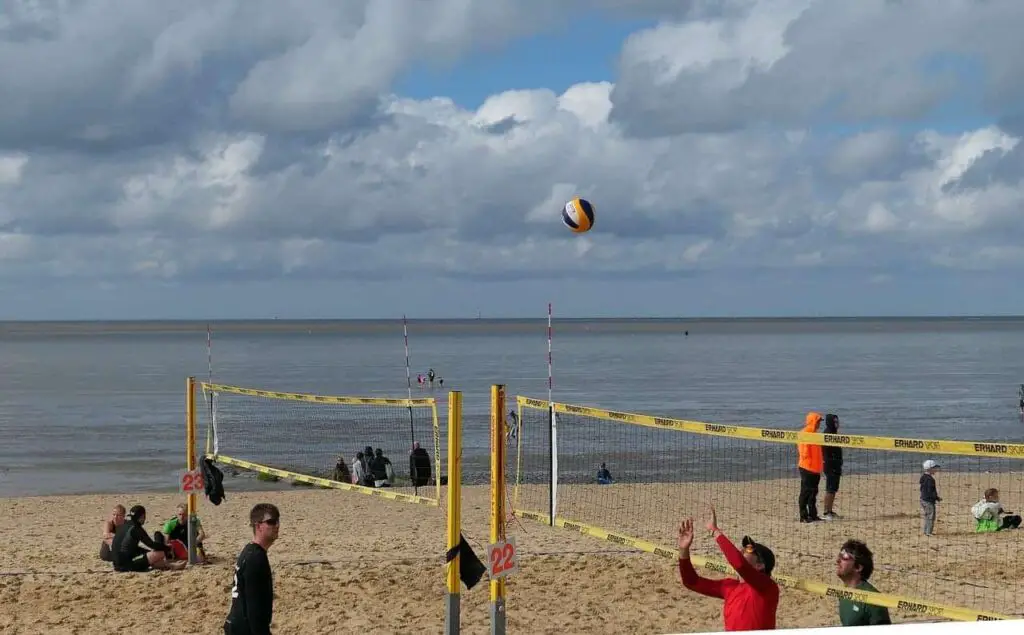
Outdoor is a bit more of a wild beast. There is a sand court and unpredictable or uncontrollable weather, humidity, heat, and lights. There are no substitutes so if you are tired, you have to play through it. Players must figure out their own adjustments, as no coach stands on the sidelines.
Because of the differences in environment, body posture alters some. For indoor, you mostly use your wrist and arms whereas beach is a bit more of your whole body to get the force for a proper set. You need to figure out how to make the ball hang where you need it to and not just swing and power through. Because of the sand, the timing causes the approach to be slower and jumps lower, whereas indoor allows you to maximize your jump.
With sand, there is the possibility of getting “sand legs.” Help yourself by getting used to the environment simply be finding sand and exercising in it. Just like riding a bike or walking in new shoes, the best way to get used to something is by practicing in it. That makes you more natural. Allow yourself time to get used to the beach environment, especially if it is your first go around.
6. Attire
Another big difference between beach and indoor volleyball is what you wear. In beach, you have to account for the environment that was just described above. When you’re scheduled to play in a tournament, you have no idea if it’s going to be sweltering hot, rainy, windy, or a combination of everything… or all within the same day!
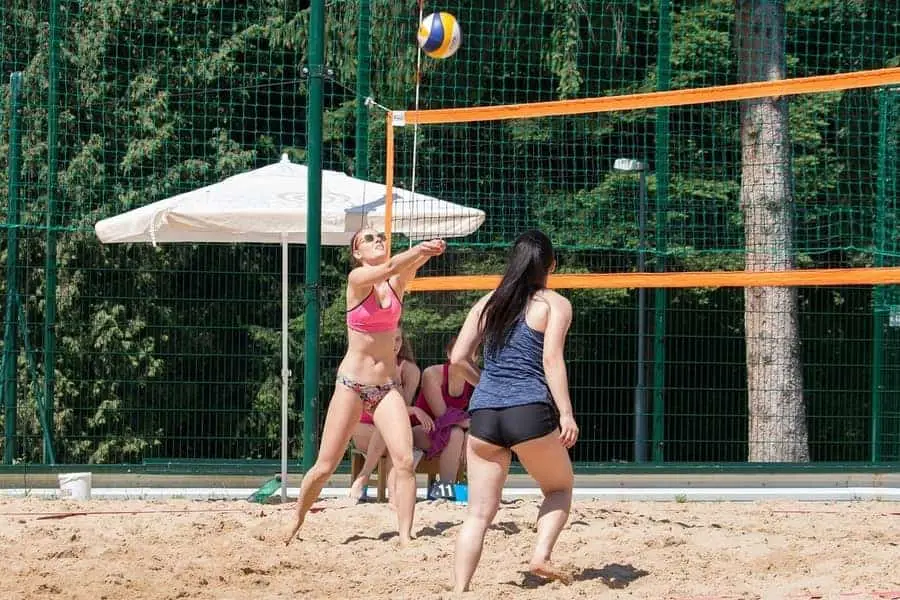
Many beach volleyball players wear shorts and tank tops or sports bikinis. This gives less places for the sand to hide and takes into account the heat from the sun.
Indoor players usually wear volleyball shorts or spandex and a top. Different leagues have rules on logo wear and specifics so check with your governing body or club before showing up to play.
Related article: What should I wear to play recreational volleyball?
7. Rules
For the most part, the rules of beach and indoor volleyball are pretty close. Players have to touch the ball cleanly (no lifts or double hits) and the key strategic objective is still bump-set-spike. However, there are some key differences that are important to learn before you hit the sand court.
For example, in both beach and indoor volleyball, your team is allowed to contact the ball up to three time before it has to go over the net. You know, the classic bump-set-spike. However, in indoor volleyball, if your team blocked the ball before it came over the net at the beginning of the play, that doesn’t actually count as a touch – you’re still allowed three more touches before it goes back over.
The big difference in beach volleyball is that the block actually DOES count as a touch. So, your team only has 2 more touches before it goes back over the net.
For a more detailed article on the differences in rules between beach and indoor volleyball, click here.
Go play volleyball!
Whether you decide to stick with indoor or beach as your main focus, make sure to give yourself a chance. It may not feel natural at first but by working through the kinks and developing some new skills, your game will improve overall.

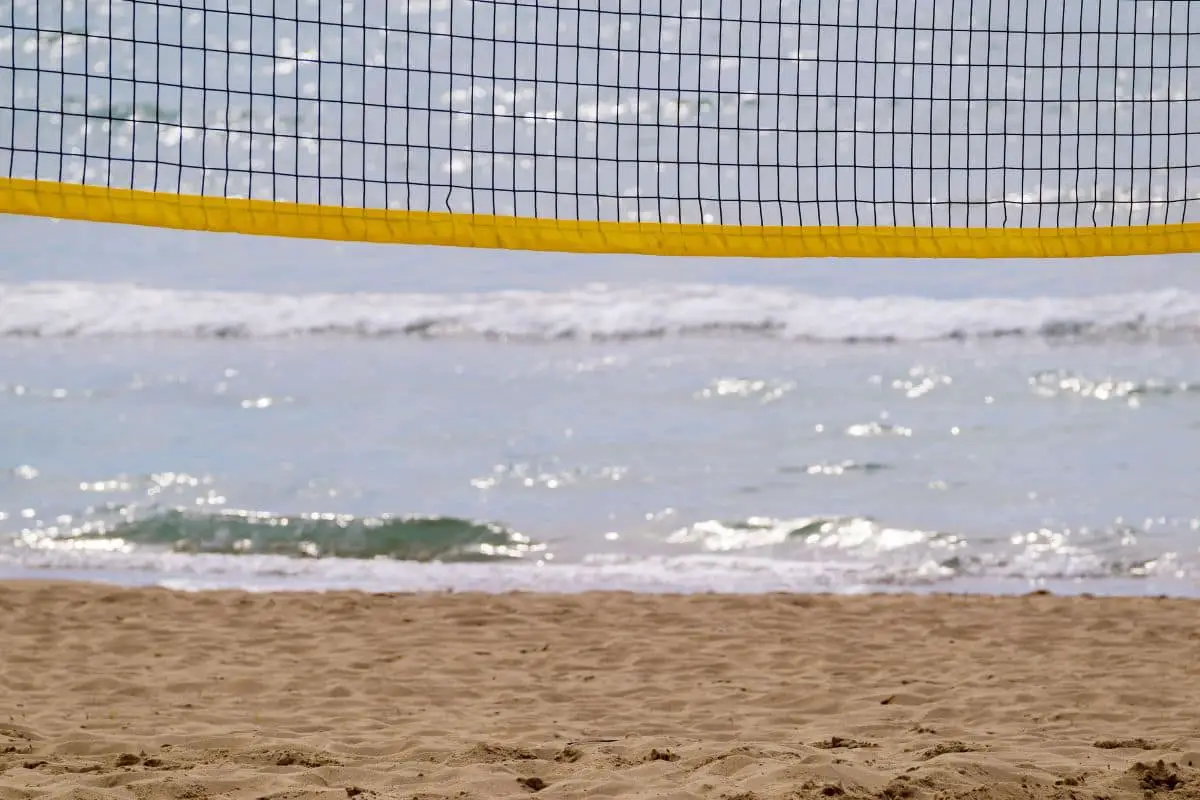
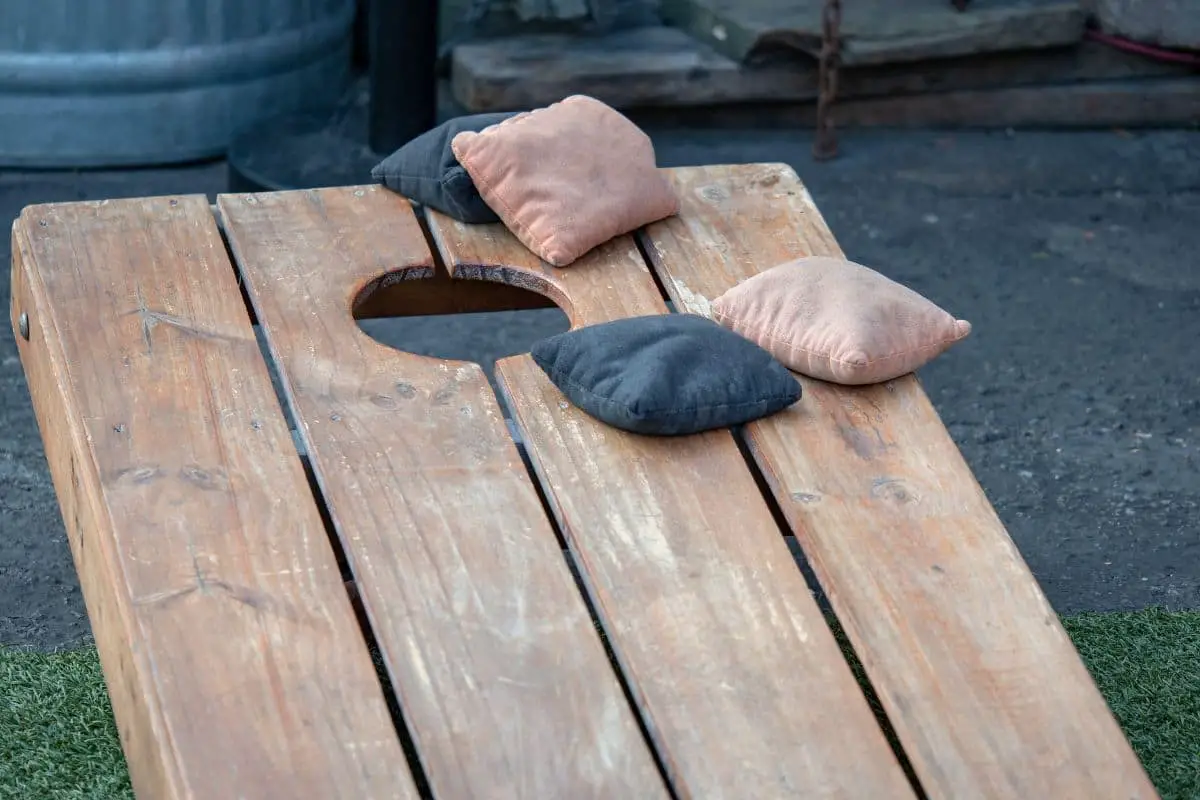
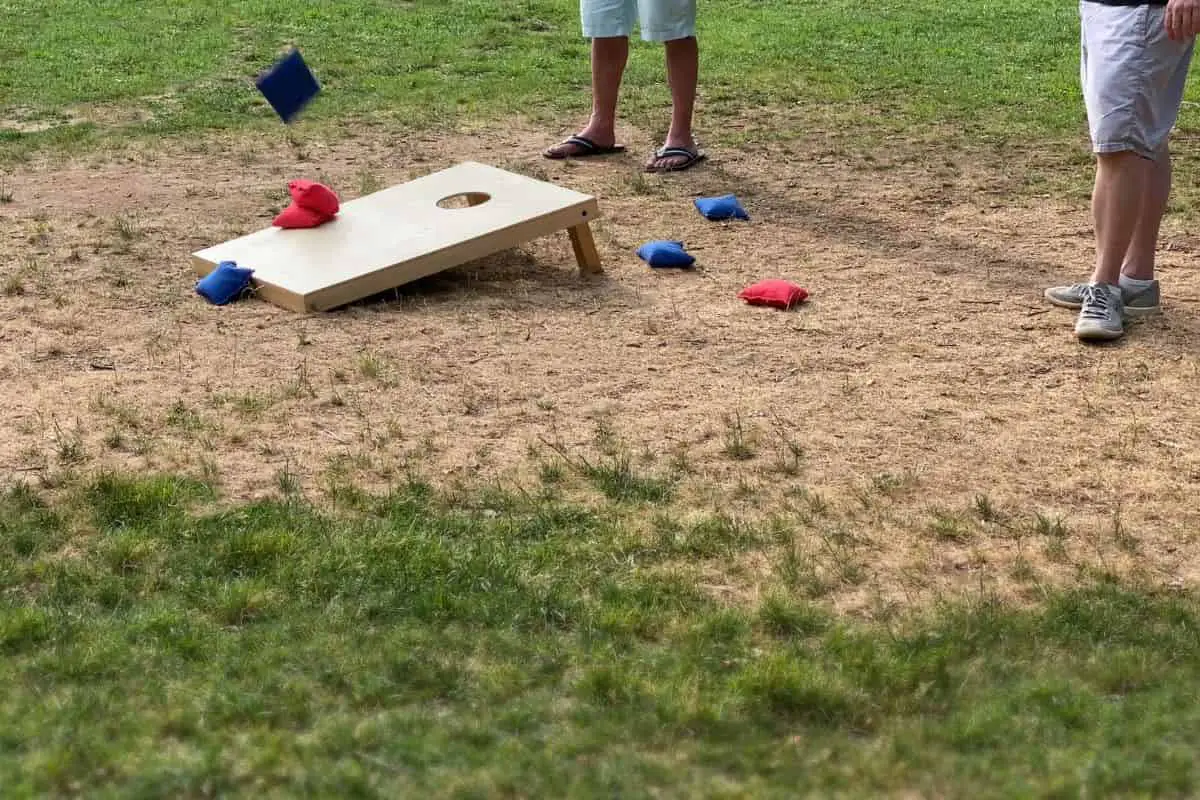
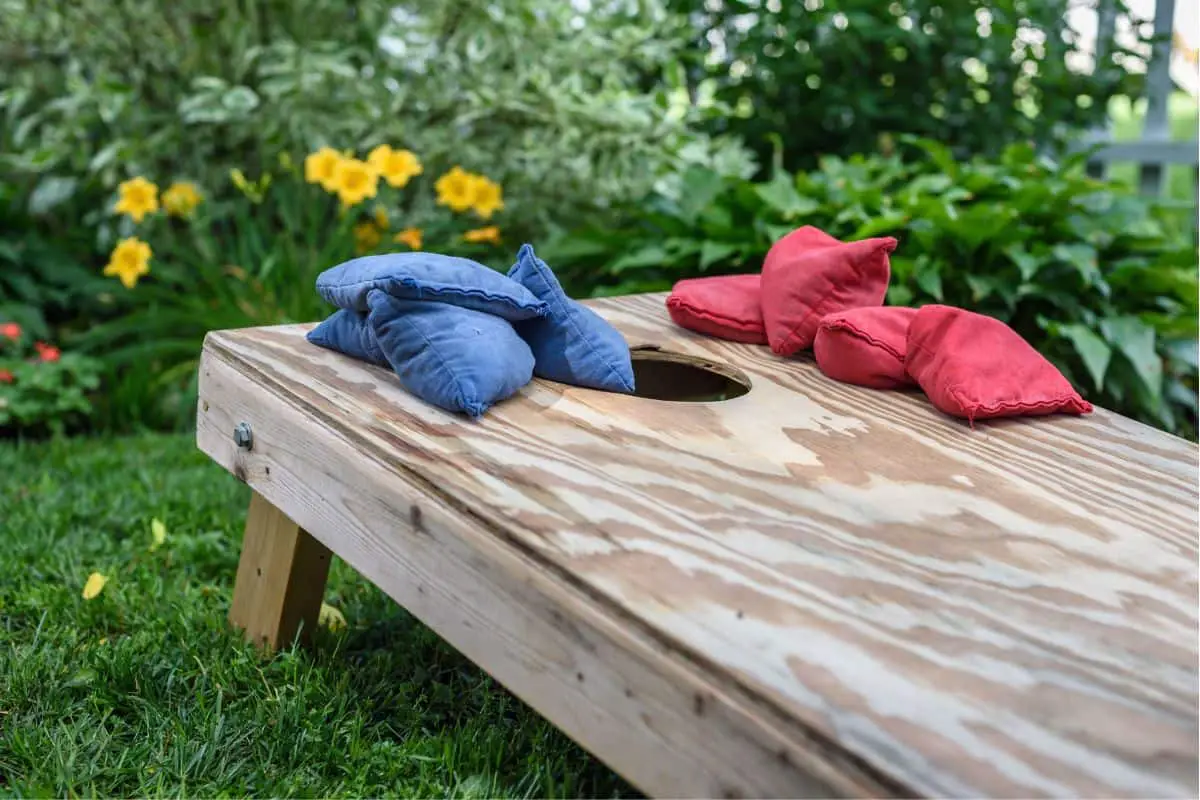
Leave a Reply
You must be logged in to post a comment.